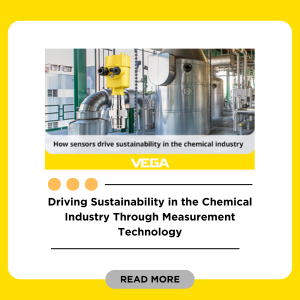AI’s transformative influence on the transportation and logistics industry is significant, however, there are still many misconceptions that need addressing. This is common for new technology. Change can be challenging, and while it is an incredible tool that has helped businesses streamline operations, cut costs, and improve efficiency, it will take time before all AI myths are debunked.
By Bernhard Schmaldienst, Senior Director Transport Execution and Visibility Products at Transporeon (a Trimble company)
Time is running so let us get to work so we can speed the process up. Myths and misinformation about AI lead to resistance, slowing the adoption process down, meaning the supply chain industry will lag behind and miss out on the real benefits AI has to offer –
So, let’s tackle four common myths and set the record straight with real-world insights and evidence.
Myth 1: AI-powered transportation is expensive and doesn’t deliver measurable savings
The reality: Like any tool, AI-powered transportation solutions have a cost to start with, but they deliver rapid returns, often within weeks. By leaning on automation and data-driven decision-making, AI cuts costs and makes the whole operation significantly more efficient.
The proof: Companies using AI-driven freight procurement solutions have achieved measurable savings. AI-driven autonomous procurement tools integrate seamlessly with existing transport management systems, and for a leading FMCG customer, they have been proven to reduce freight costs by more than 10% while simultaneously cutting down on manual workloads by 80%. One global food and beverages company reported securing lower spot rates while reallocating team resources to higher-value tasks.
Myth 2: AI-powered transportation requires big internal changes
The reality: Quite the contrary. Over the past five years, the logistics and supply chain industry has seen a lot of changes, and AI has been a big part of that. Earlier-stage AI-powered solutions required time to adapt, though now they are designed to integrate seamlessly with existing systems for easy adoption.
The proof: Many businesses have implemented AI solutions without overhauling their existing processes. Autonomous procurement solutions, for example, can connect via APIs, facilitating quick adoption with minimal disruption. The “big internal change” in this instance would then be that the team spends less time on simple activities like accepting offers and more time on value-adding, strategic tasks. In other words, there is a degree of internal change – but it’s beneficial, not disruptive.
Myth 3: AI-powered transportation adds little value and can’t actively perform critical tasks
The reality: AI isn’t purely about automation anymore. It now actively improves decision-making, helping people optimize procurement, pricing, and carrier selection, resulting in better and faster decisions.
The proof: AI earned its place as an established tool in logistics. For instance, AI-driven procurement solutions identify the best transportation capacity at the most competitive rates, lowering cost and increasing efficiency. A logistics company using AI-powered tools saw a 7–12% reduction in freight expenses while increasing automation, letting their teams focus on important negotiations instead of day-to-day transactions.
Myth 4: AI-powered transportation damages relationships with carrier partners
The reality: It’s the other way around. AI actually strengthens relationships with carriers by ensuring transparency, in-market pricing, and efficiency. It doesn’t replace human interactions – it strengthens them.
The proof: Many AI-powered procurement platforms provide carriers with instant visibility into available shipments and instant pricing. With features like “buy-it-now” options, carriers can accept shipments with confidence. One logistics leader noted that AI freed time up for the team to build stronger partnerships instead of being bogged down by manual negotiations and coordination activities.
AI is a strategic asset, not a liability
Companies in the transportation and logistics industry are under constant pressure to cut costs, improve efficiency, and adapt to shifting market dynamics. AI-powered solutions are not just another tech trend, they’re a tried and tested approach. Companies that embrace AI are already seeing considerable cost savings, streamlined operations, and strengthened relationships with carriers and partners.
Rather than fearing AI, businesses should see it as a tool that complements human expertise, automates routine tasks, and empowers teams to focus on strategic growth.
AI in transportation is all about helping people to work smarter, and achieve better results more efficiently.







![Image [Buying Guide] How to Choose the Right AMR?](/wp-content/uploads/sites/3/AMR-320x213.jpg)


